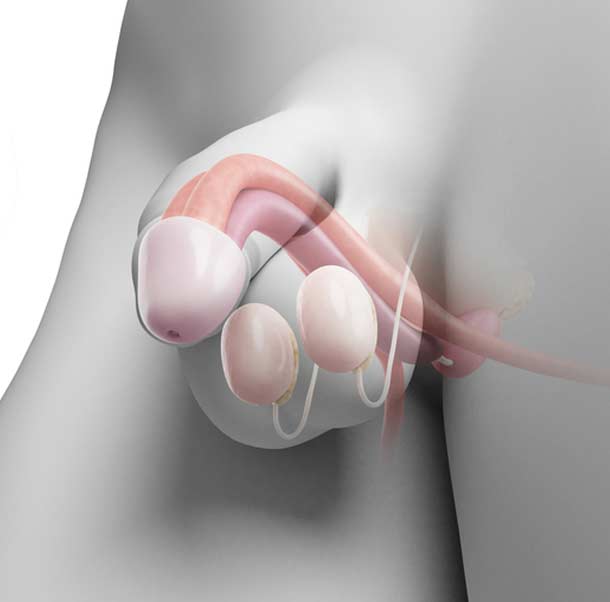
A man may decide that he wants to have a vasectomy reversal for a number of reasons.
He may change his mind about wanting children, he may have lost a child, he may have remarried and decided to have children with his new wife, or he may have issues with testicular pain associated with the vasectomy.
- The success rate with reverse vasectomies is generally high.
- However, the success rate depends on a number of factors including how soon after the vasectomy the reverse vasectomy procedure is done.
Candidates for Vasectomy Reversal
Any man who has changed his mind about wanting children is a candidate for a reverse vasectomy. However, he must keep in mind that the effectiveness of the procedure will be affected by how long it has been since his vasectomy.
How it Works
Two different procedures exist for performing a reverse vasectomy. One is known as vasovasostomy; the other is vasoepididymostomy. Usually the physician will use the vasovasostomy if possible, as the vasoepididymostomy is more complicated. However, if inflammation or scarring blocking the epididymis is present, he may recommend a vasoepididymostomy. The physician will determine which procedure should be used or if a combination of the two is best.


With a vasovasostomy, the doctor makes a small incision on the underside of the
scrotum and cuts open the vas deferens to examine the fluid inside. He can then determine which procedure will be used. If he can perform the vasovasostomy, he uses very fine sutures to reattach the inner and outer layers of the vas deferens. This restores the sperm flow to the vas deferens. If the doctor needs to perform a vasoepididymostomy, he makes a small incision on the underside of the scrotum and then connects the vas deferens to the epididymis somewhere away from the inflammation or blockage.
What to Expect
Reversals rarely lead to serious complications, but they do carry a few risks. After the procedure, the patient will be very limited in activity for approximately 24 hours. Pain is generally minimal and can be treated with over the counter medication. After two weeks of recovery, the patient will most likely be cleared by the doctor to begin normal activities and engage in sexual intercourse. The doctor does a semen analysis six weeks after the procedure was done and periodically thereafter to ensure that sperm counts are stable.
If the doctor finds sperm in the vas deferens during the surgery, success rates
are close to 100%. The more time that has passed between the vasectomy and the vasectomy reversal, the less chance that sperm will be found in the vas deferens.
Also, if the doctor must perform a vasoepididymostomy, the success rate drops slightly. For this reason, the doctor may suggest sperm banking at the time of the reversal, especially if the man had his vasectomy 10 years or more before the reversal. If the reversal procedure does not have the desired results, the man may elect to have it done a second time.



